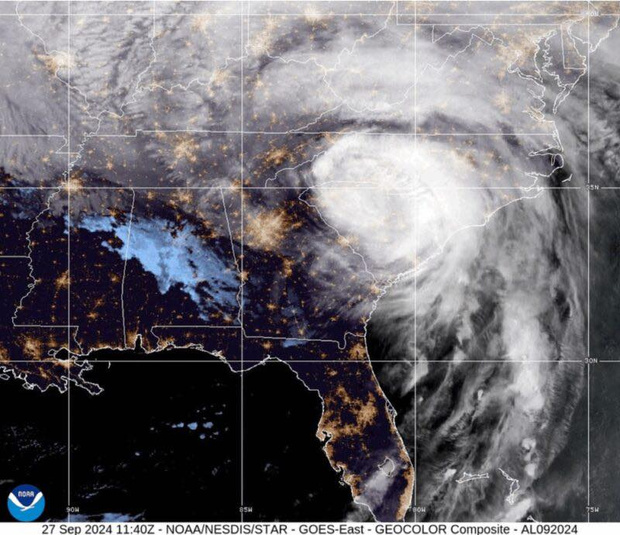Night Sky: Galaxy Quests 2021
The eastern skies of February offered some great views of galaxy clusters. The Leo Triplet is one of my favorites:

The two galaxies on the right part of the image are M66 on the bottom and M65 above it. M66 has a visual magnitude of +8.91, making it the brightest of the three galaxies. It’s about 37 million light-years from us. M65 is 42 million light-years away, and has a visual magnitude of +9.16. Both M65 and M66 were discovered by Charles Messier in 1780.
The third galaxy to the upper left of the image is NGC 3628. It’s often called the Hamburger Galaxy. It has a visual magnitude of +10.1 and is about 35 million light-years away from us.
We see M65 and M66 from above, so it’s easier to appreciate that they are spiral galaxies. NGC3628 is also a spiral galaxy but, we see it from the side and there’s a dark band of dust that hides a large part of the galaxy, making it fainter than its companion galaxies. In fact, Messier did not see it when he discovered M65 and M66, leaving NGC 3628 for William Herschel to discover four years later.
Messier also discovered two bright galaxies in the constellation Virgo, but could not see the group of fainter galaxies that surrounded his discoveries!

The two bright lenticular galaxies in this image are M84 and M86. M84, (near the top of the image), has a visual magnitude of +9.0 and is believed to be 65 million light-years away from us. M86 is 57 million light-years from us, and has a visual magnitude of +8.79. Both galaxies were discovered by Messier in 1781. Messier’s telescope was probably not powerful enough to see the other galaxies that are obvious in the image – (don’t miss the satellite galaxy to the right of M84) – but all equipment has their limitations! In fact, a quick look at my star charts shows that several of the “stars” in this image are, in reality, very faint galaxies.
Similar to discovering NGC 3628 in the Leo Triplet, William Herschel discovered and cataloged the other galaxies that can be seen in this image. As a group, they are call Markarian’s Chain.
Markarian’s chain is part of the Virgo galaxy cluster. It’s contains over 2,000 galaxies.
What you can look for in March’s Night Skies
Mars and Uranus are the only two planets visible in March’s evening skies. Both are in the SW skies with Mars being about 60 degrees and Uranus about 30 degrees above the western horizon.
March starts with Saturn, Mercury, and Jupiter rising about an hour before the sun. It you go up to the beach to watch the sunrise and get a very clear morning, the three planets will be very close to the eastern horizon!
Sirius, the brightest star in our night skies, will start the evening almost due south.
If you haven’t taken the time to look at the Orion Nebula or the Pleiades, March still offers excellent views of both, and they are easy to find. The constellation Orion is above and slightly to the west of Sirius, while the Pleiades is just above and slightly to the east of Mars.
There are no major meteor showers in March.
There is a +8.0 magnitude comet, 5D/Brorsen that might be visible right around sundown. It will be located about 20 degrees above the WSW horizon. You will need a good pair of binoculars or a telescope to view it.
Moon Phases:
Last Quarter is March 5
New Moon is March 13
1st Quarter is March 21
Full Moon is March 28


















